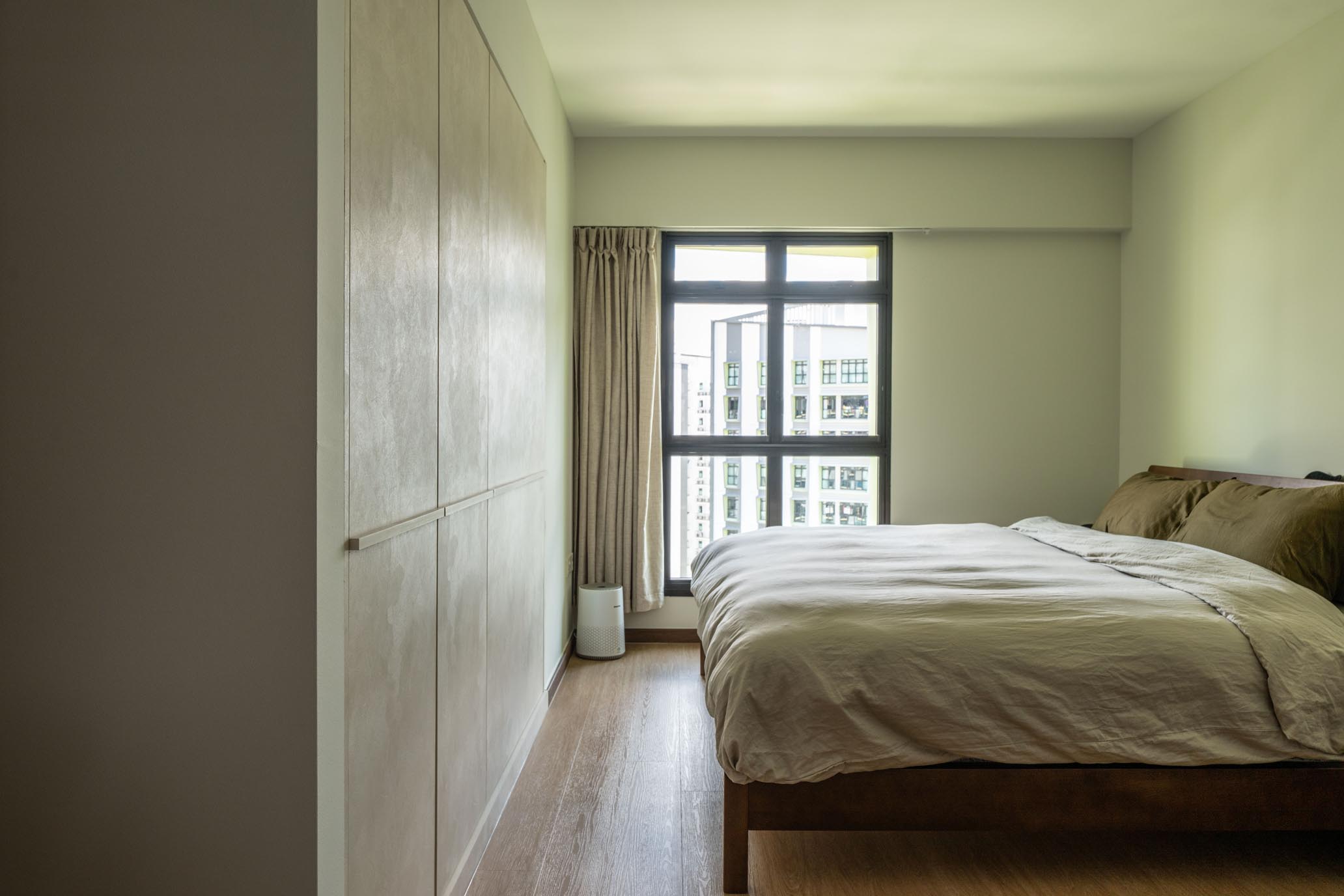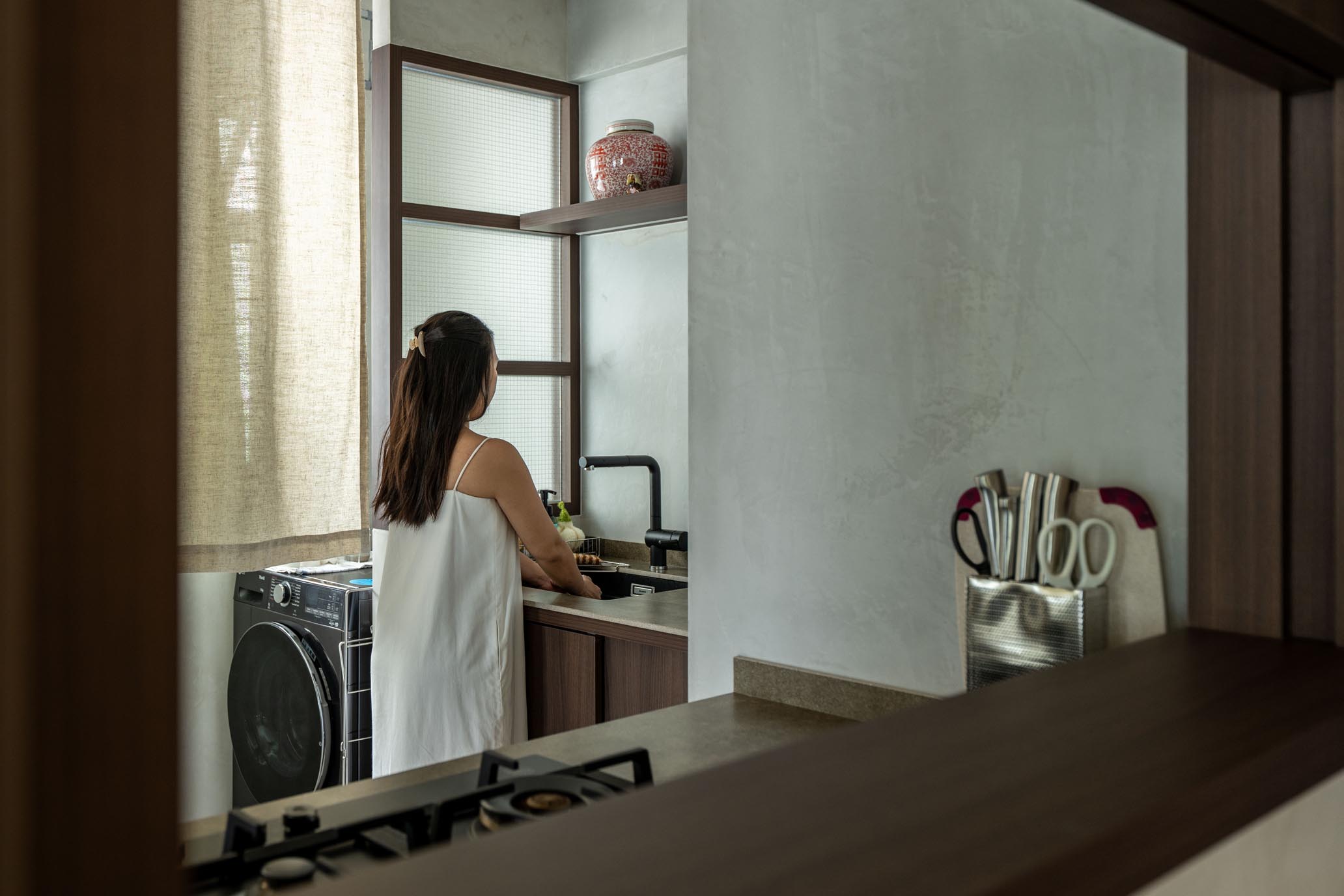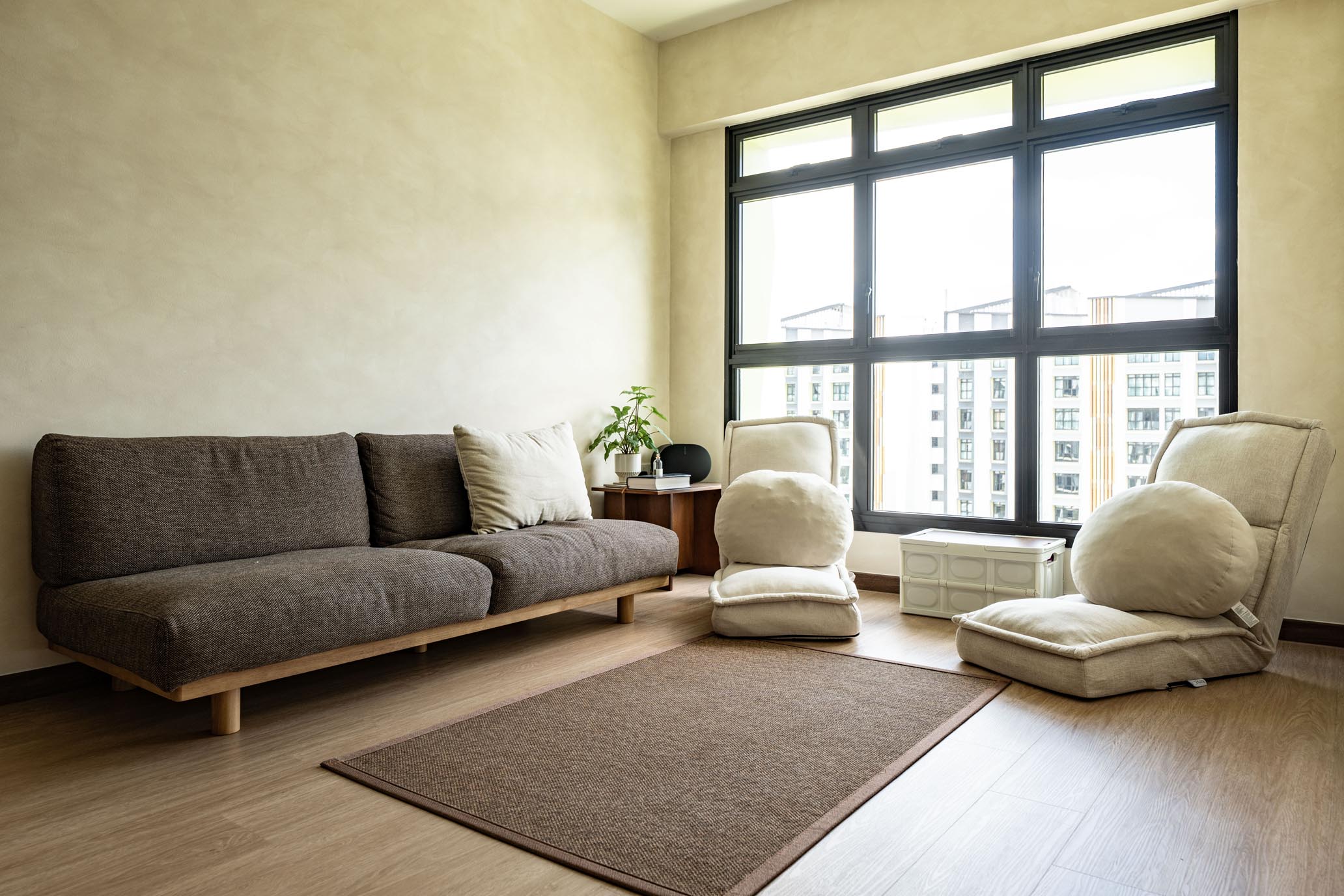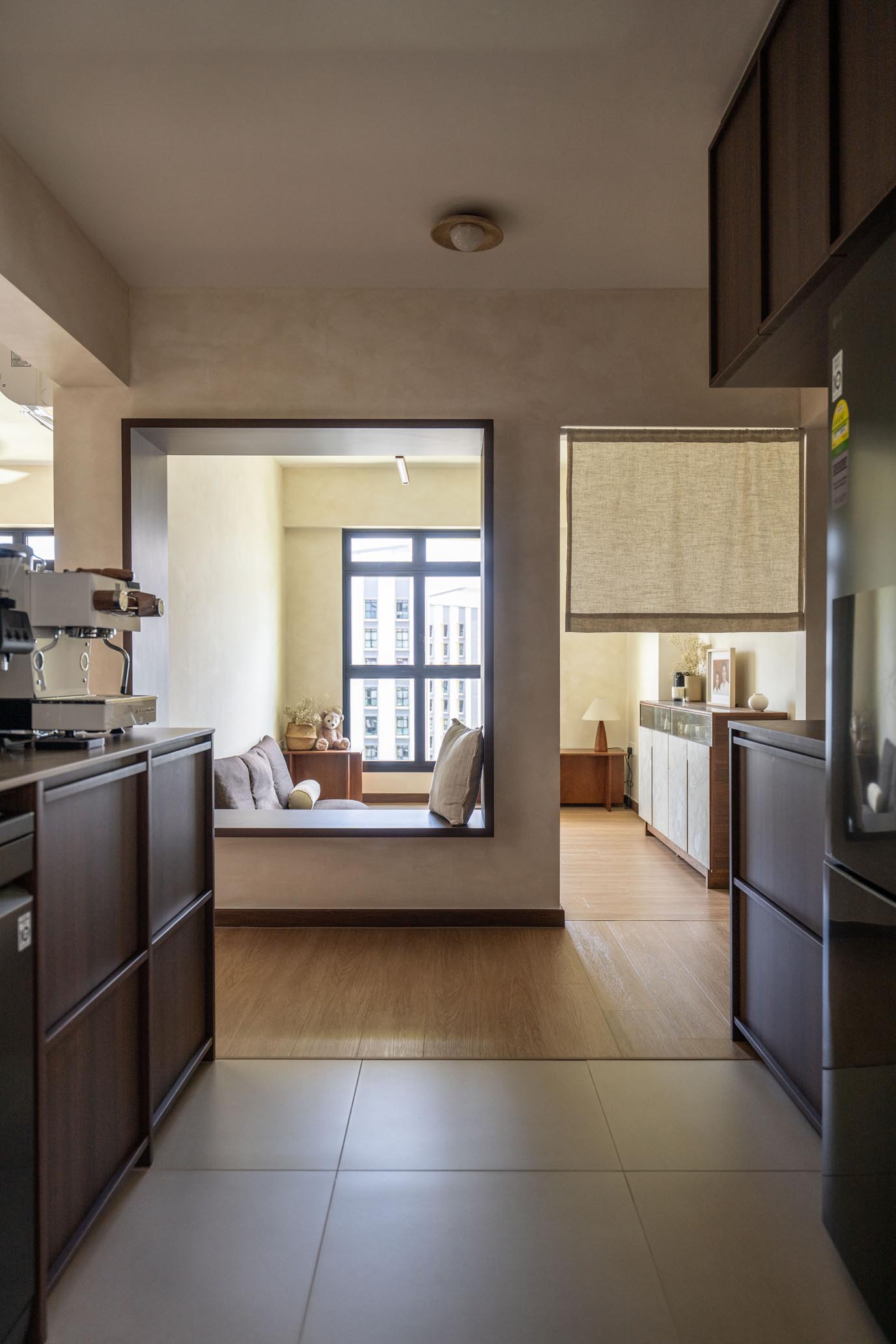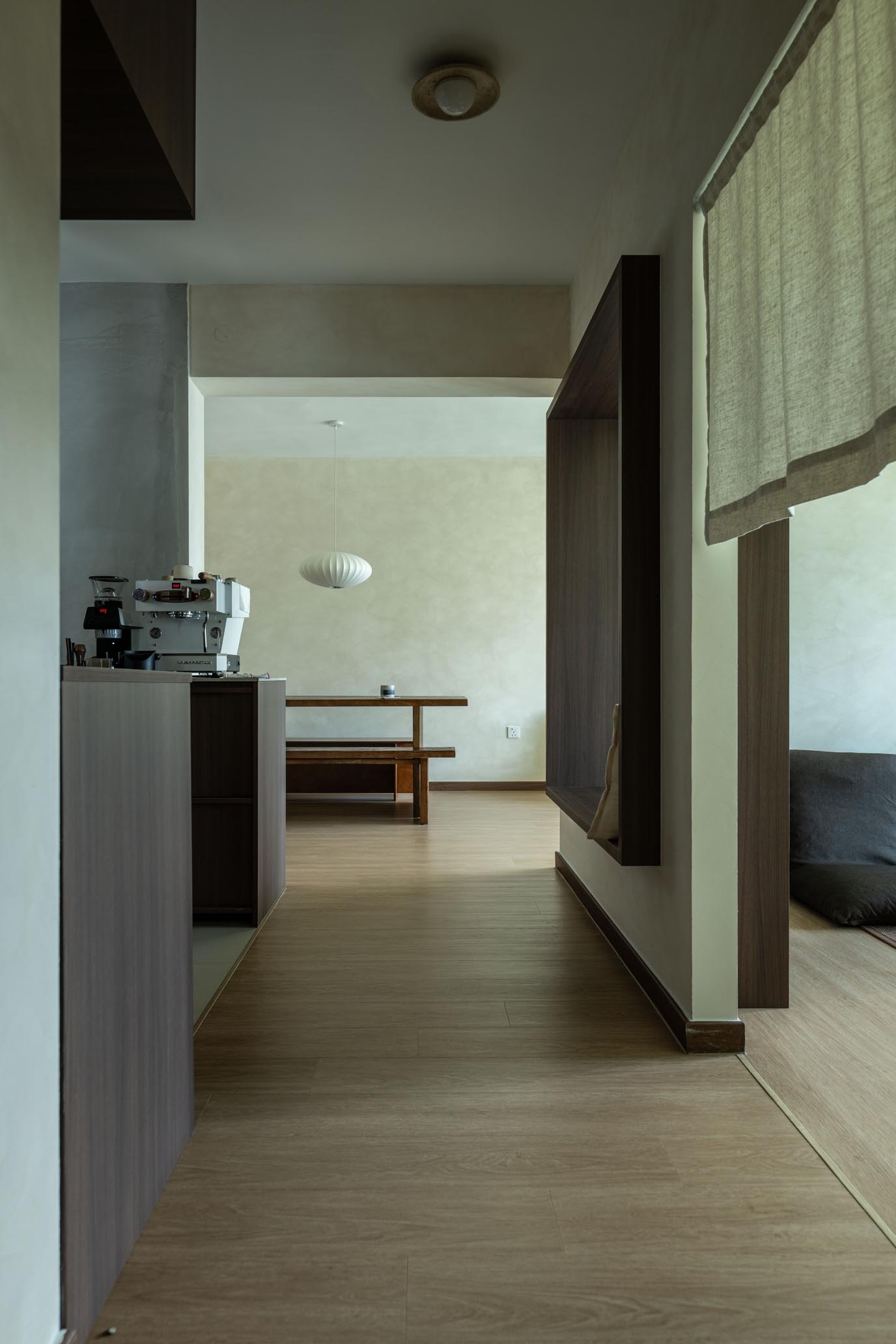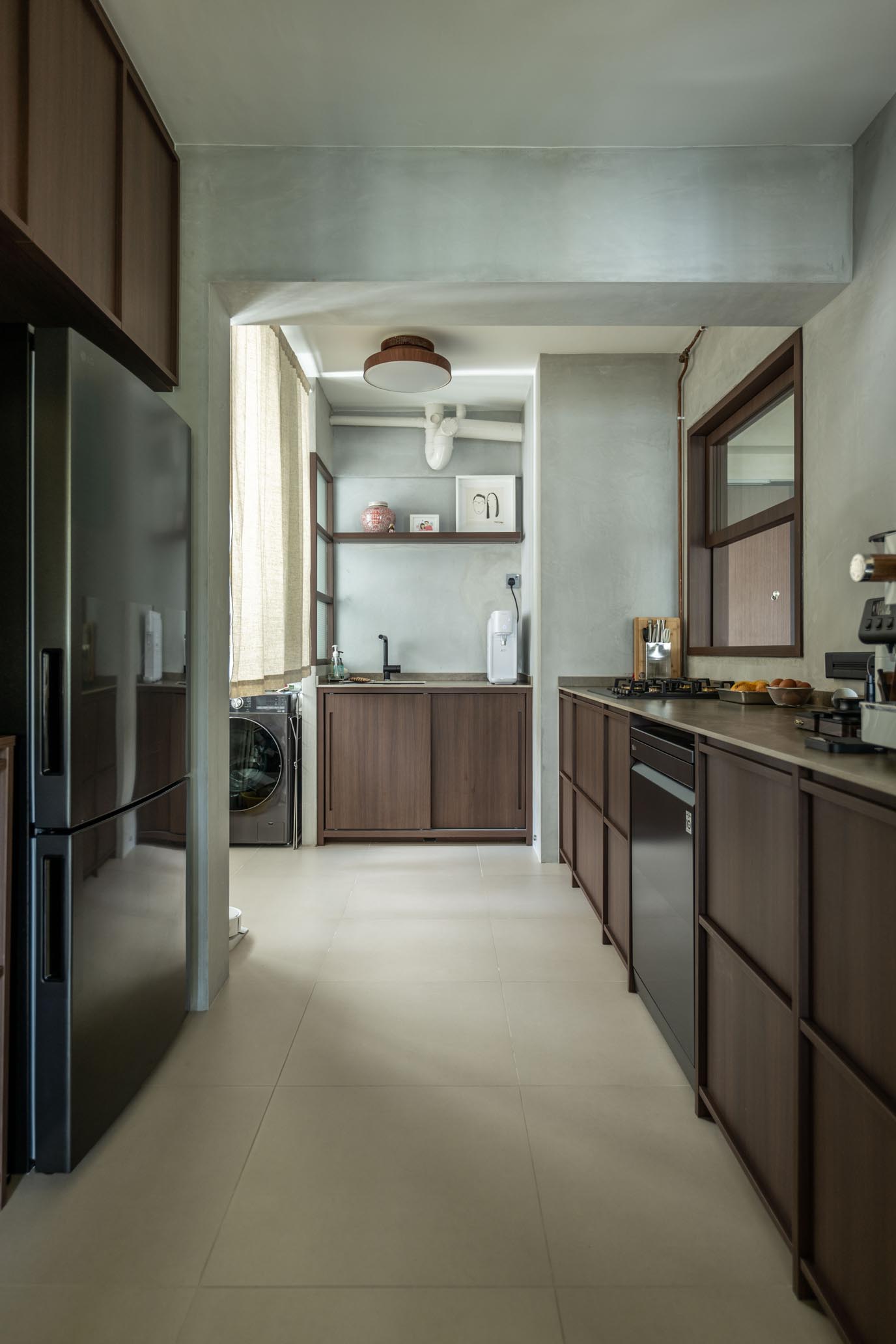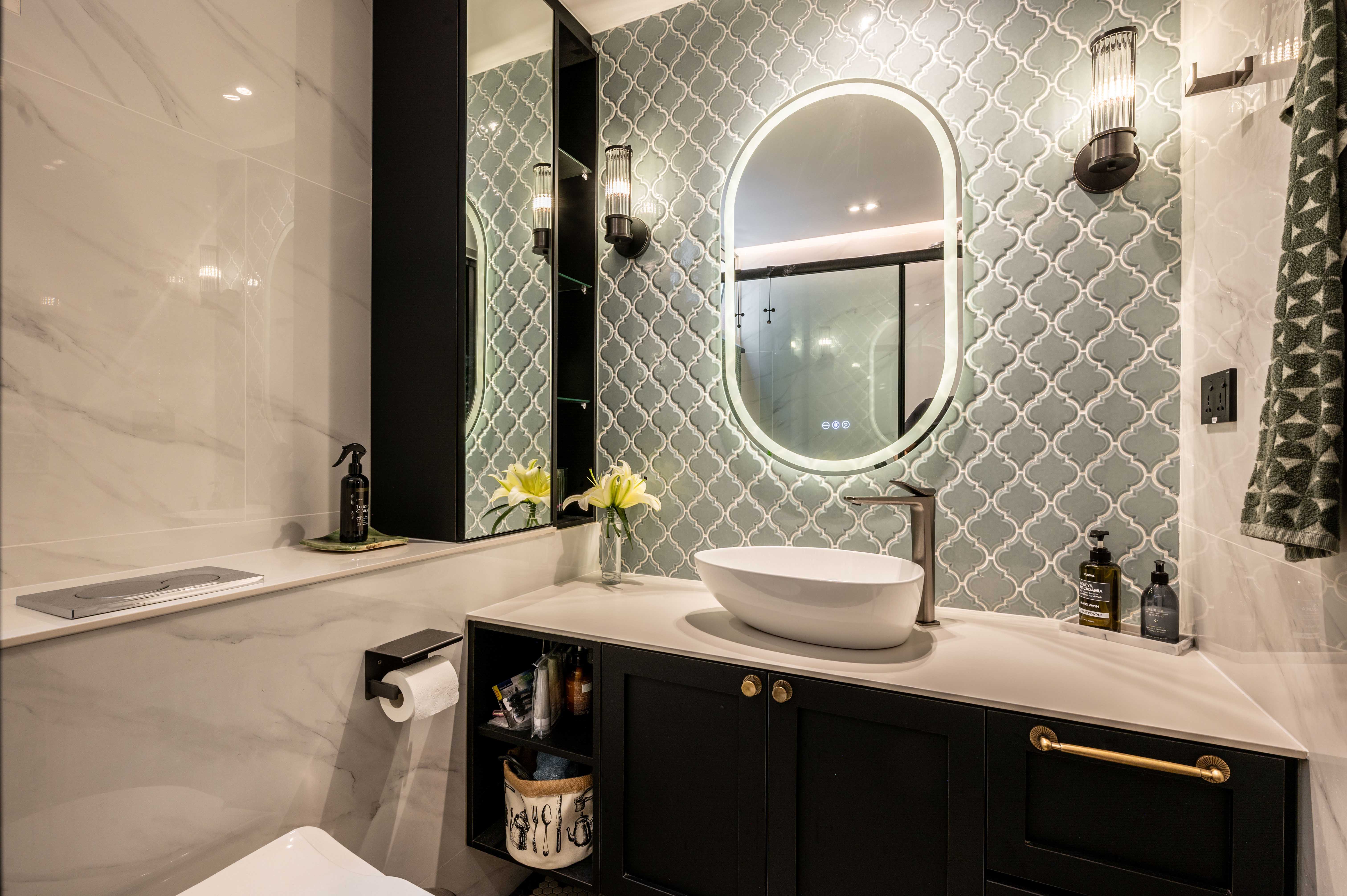Wabi sabi interiors invite us to slow down and appreciate the subtle charm of natural materials, the character of handcrafted items, and the stories told through gentle wear and patina. This design philosophy isn’t merely about aesthetics—it’s a holistic approach to creating living spaces that feel genuinely connected to nature, time, and human experience.
As we navigate an increasingly digital and fast-paced world, the principles of wabi sabi offer a welcome respite—a chance to create homes that feel authentic, peaceful, and grounded. Let’s explore how this ancient Japanese concept can transform our modern living spaces into sanctuaries of tranquility and mindful appreciation.
The Origins and Philosophy of Wabi Sabi
The concept of wabi sabi emerged from Japanese tea ceremonies in the sixteenth century, championed by tea master Sen no Rikyu. He believed that the essence of these ceremonies wasn’t found in the tea itself but in the atmosphere created by the surroundings and objects within the space. This perspective gave birth to a worldview that values simplicity, natural elements, and the inherent beauty found in imperfection.
The term itself combines two distinct Japanese words: “wabi,” referring to the beauty found in simplicity and the appreciation of natural processes, and “sabi,” which acknowledges the passage of time and the beauty that emerges through aging and weathering. Together, these concepts form a philosophy that encourages us to find profound meaning in the modest, impermanent, and incomplete aspects of life.
In contemporary times, wabi sabi has transcended its cultural origins to become a global design movement. Its influence extends beyond interior design into fashion, literature, and art. The enduring appeal of wabi sabi lies in its timeless principles that remind us to appreciate the natural cycle of growth, decay, and renewal—a refreshing counterpoint to our culture’s obsession with newness and perfection.
What makes wabi sabi particularly relevant today is its alignment with sustainable living and mindfulness practices. By valuing what already exists and finding beauty in natural aging processes, wabi sabi encourages less consumption and greater appreciation for the things we already possess—a philosophy that resonates deeply in our environmentally conscious era.
Core Elements of Wabi Sabi Interior Design
Embracing Natural Materials
At the heart of wabi sabi interiors lies a profound appreciation for natural materials in their authentic state. Unlike design approaches that might conceal or perfect natural elements, wabi sabi celebrates wood with visible grain patterns, stone with unique textures, and clay with subtle variations in color and form. These materials connect our living spaces directly to the earth, bringing a grounding energy that synthetic alternatives simply cannot replicate.
In a wabi sabi home, you might find unfinished wooden beams revealing knots and imperfections, stone flooring with natural irregularities, or clay pottery with slight asymmetry. These elements aren’t viewed as flaws to be corrected but as distinctive characteristics that tell the story of the material’s origin and creation. The tactile quality of these natural surfaces invites touch and creates a multi-sensory experience within the space.
When selecting materials for a wabi sabi-inspired interior, consider options that will age gracefully over time. A wooden table that develops a rich patina through years of use, linen curtains that soften with each wash, or leather upholstery that develops character marks—these elements evolve and improve rather than deteriorate with age, embodying the wabi sabi appreciation for the passage of time.
The Beauty of Imperfection
Unlike mainstream design philosophies that strive for flawlessness, wabi sabi finds profound beauty in imperfection. This principle encourages us to appreciate the unique character that emerges from slight irregularities, weathering, and wear. A cracked ceramic bowl mended with care, a wooden floor showing the marks of years of footsteps, or a handwoven textile with slight variations in pattern—these “imperfections” add authenticity and soul to a space.
This approach liberates us from the endless pursuit of perfection that often leads to dissatisfaction with our homes. Instead, wabi sabi invites us to see the charm in a slightly crooked handmade shelf, the character in a vintage piece with visible repairs, or the uniqueness of naturally aged materials. These elements create interiors that feel lived-in, approachable, and deeply human.
The acceptance of imperfection extends beyond physical objects to the overall design approach. Wabi sabi spaces often feature asymmetrical arrangements, varied textures, and organic forms that mirror the beautiful irregularity found in nature. This deliberate embrace of the imperfect creates environments that feel authentic and soulful rather than sterile or contrived.
Minimalist Simplicity
Wabi sabi interiors embody a thoughtful minimalism that focuses on quality over quantity. This isn’t about creating stark, empty spaces but rather about curating possessions with intention and purpose. Each item in a wabi sabi home typically serves a function or holds genuine meaning, eliminating the clutter that can overwhelm our living environments and, by extension, our minds.
This simplified approach creates breathing room within interiors, allowing natural light to flow freely and highlighting the beauty of negative space. Open floor plans and uncluttered surfaces contribute to a sense of spaciousness that feels both calming and liberating. The resulting atmosphere encourages mindfulness and presence—qualities increasingly valuable in our distraction-filled world.
The minimalist aspect of wabi sabi also manifests in straightforward, uncomplicated designs. Furniture typically features clean lines and honest construction methods, avoiding unnecessary ornamentation or complex details. This simplicity draws attention to the inherent beauty of materials and craftsmanship rather than decorative flourishes or trendy features that might quickly feel dated.
Neutral and Earth-Inspired Color Palette
The color palette in wabi sabi interiors draws direct inspiration from nature, featuring soft, muted tones that create a sense of harmony and tranquility. Think of the subtle hues found in unbleached linen, weathered wood, natural clay, and stone—colors that feel gentle on the eyes and soothing to the spirit. These earthy neutrals typically include warm beiges, soft grays, gentle taupes, and muted terracottas.
This restrained color approach serves multiple purposes within the wabi sabi aesthetic. First, it allows the natural beauty of materials to take center stage, highlighting textures and subtle variations rather than competing with them. Second, these colors create a peaceful backdrop for daily life, reducing visual stimulation and promoting a sense of calm. Finally, a nature-inspired palette reinforces the connection to the natural world that lies at the heart of wabi sabi philosophy.
While predominantly neutral, wabi sabi interiors aren’t entirely devoid of color. Subtle accents might appear through natural elements like the green of indoor plants, the varied hues of handmade ceramics, or the rich tones of natural textiles. These touches of color emerge organically within the space rather than through bold, deliberate color statements.
Handcrafted and Authentic Objects
Wabi sabi interiors celebrate human craftsmanship and the subtle variations that come with handmade items. Unlike mass-produced goods with their uniform perfection, handcrafted pieces carry the imprint of their maker—slight irregularities in weaving, variations in glazing, or the distinctive tool marks of a woodworker. These characteristics don’t diminish the object’s value but rather enhance it by making each piece uniquely authentic.
Incorporating handcrafted elements brings a sense of humanity and soul to interior spaces. A hand-thrown ceramic vase, a bench crafted by a local woodworker, or textiles woven on traditional looms all carry stories and energy that factory-made alternatives simply cannot replicate. These objects create a meaningful connection between the people who made them, those who use them, and the natural materials from which they’re formed.
The appreciation for craftsmanship in wabi sabi extends to traditional techniques and time-honored methods. Many of these practices have been refined over generations, creating objects designed to last and improve with age. By valuing and incorporating such pieces, wabi sabi interiors preserve cultural heritage while creating spaces that feel timeless rather than trendy.
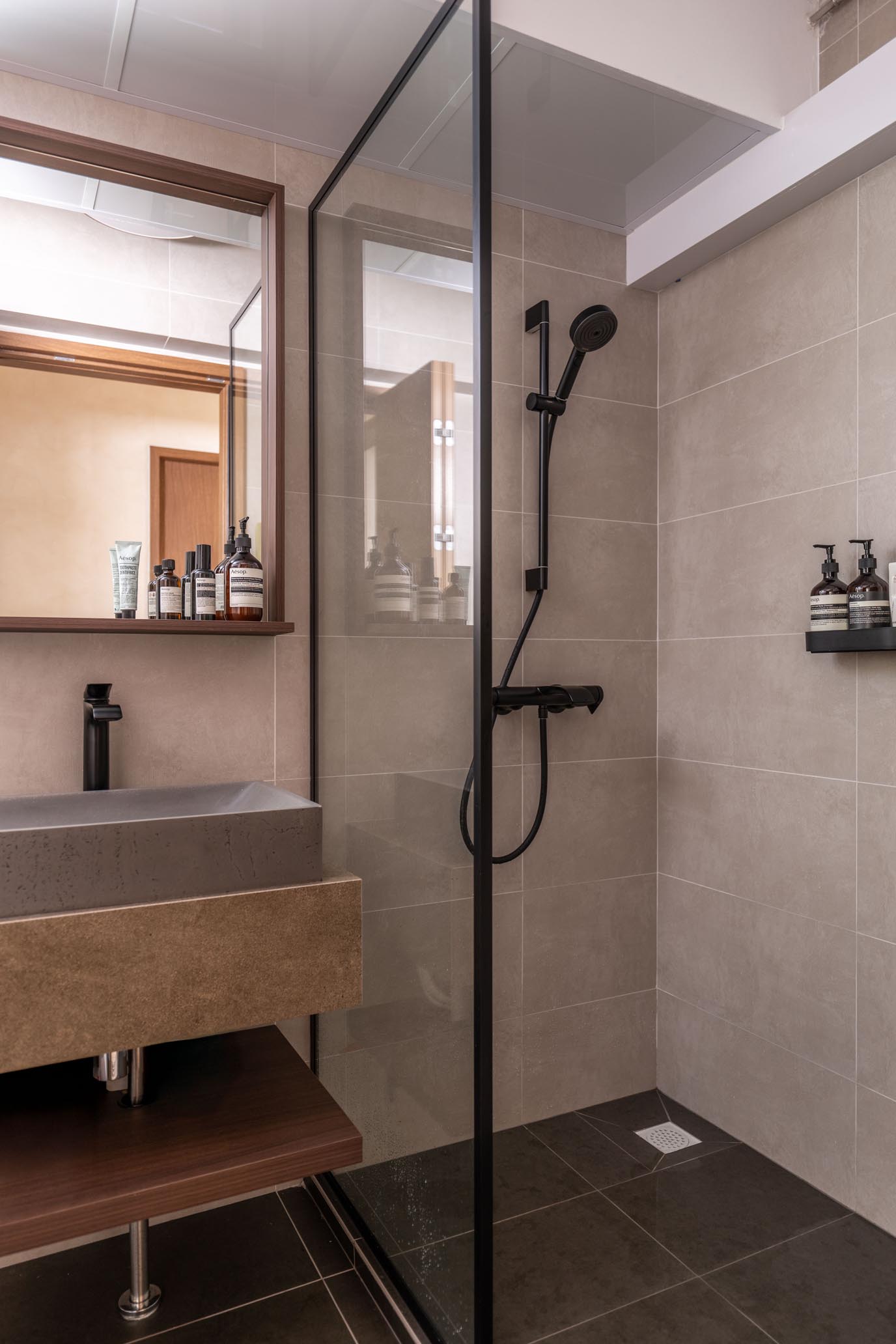
Creating Wabi Sabi Spaces Throughout Your Home
Wabi Sabi in the Living Room
The living room offers a perfect canvas for expressing wabi sabi principles, as it’s typically where we spend significant time relaxing and connecting with others. Begin by selecting furniture with clean, simple lines crafted from natural materials—perhaps a wooden coffee table with visible grain patterns or a sofa upholstered in undyed linen or cotton. Avoid perfectly matched furniture sets in favor of thoughtfully curated pieces that complement each other while maintaining individual character.
Textiles play an important role in creating the soft, layered feeling characteristic of wabi sabi living spaces. Consider incorporating handwoven throws, cushions made from natural fibers, or a vintage rug showing gentle signs of wear. These elements add warmth and tactile interest while embodying the wabi sabi appreciation for natural materials and the passage of time.
Lighting should feel gentle and natural, with a preference for fixtures made from materials like paper, wood, or ceramic. Table lamps with linen shades, pendant lights with handblown glass, or simple paper lanterns all contribute to the soft, diffused illumination that enhances the peaceful atmosphere of a wabi sabi living room. Complement artificial lighting with ample natural light whenever possible, using sheer window coverings that filter sunlight rather than blocking it entirely.
For wall treatments, consider options that add subtle texture rather than bold patterns or colors. Lime wash paint, natural plaster, or simply painted walls in soft earth tones create a beautiful backdrop for the rest of your elements. Artwork should be chosen thoughtfully—perhaps a single striking piece featuring natural subjects or abstract forms in muted colors rather than a gallery wall of smaller works.
Wabi Sabi in the Bedroom
The bedroom, as our most personal retreat, benefits tremendously from wabi sabi’s emphasis on tranquility and authenticity. Begin with a simple bed frame in natural wood or metal, avoiding ornate designs in favor of honest construction and clean lines. Bedding should feature natural fibers like linen, cotton, or wool in soft, muted colors—perhaps slightly rumpled linen sheets that embrace their naturally wrinkled texture rather than fighting against it.
Nightstands might be mismatched yet complementary pieces, such as a simple wooden stool on one side and a vintage chest on the other. This asymmetrical approach feels more organic and evolved than perfectly matched bedroom sets. Keep these surfaces relatively clear, perhaps featuring only essential items like a ceramic water carafe, a small vase with seasonal foliage, or a well-loved book.
Window treatments should be simple and functional—perhaps unlined linen curtains that filter light beautifully or wooden shutters that develop character with age. The goal is to create a gentle boundary between inside and outside while maintaining a connection to natural light cycles that support healthy sleep patterns.
Floor coverings might include a simple jute rug, a vintage wool carpet showing gentle wear, or perhaps the natural beauty of wooden floorboards left uncovered. The tactile experience of stepping onto these natural materials helps ground us as we begin and end each day, reinforcing the wabi sabi connection to the earth and natural elements.
Wabi Sabi in the Bathroom
The bathroom offers unique opportunities to incorporate wabi sabi elements through both materials and rituals. Consider natural stone or concrete for countertops, allowing their inherent variations to shine. Vessel sinks made of stone, copper, or handmade ceramic bring artisanal quality to daily routines. For flooring, materials like natural stone, terracotta tiles, or wood treated for moisture resistance add warmth and character.
Storage solutions should prioritize simplicity and functionality—perhaps open wooden shelving displaying neatly folded towels and glass containers of bath salts, or a vintage cabinet repurposed for bathroom storage. Avoid excessive products and clutter, instead curating a thoughtful selection of quality items used regularly.
Incorporate plants that thrive in humid environments to bring living elements into the space. A small pot of aloe vera, a hanging fern, or bamboo plants add vitality while purifying the air. These natural elements reinforce the connection to the outside world that’s central to wabi sabi philosophy.
Lighting should be gentle and flattering, perhaps combining simple sconces with candles for evening bathing rituals. The goal is to create an atmosphere conducive to mindful self-care rather than harsh, utilitarian lighting that emphasizes efficiency over experience.
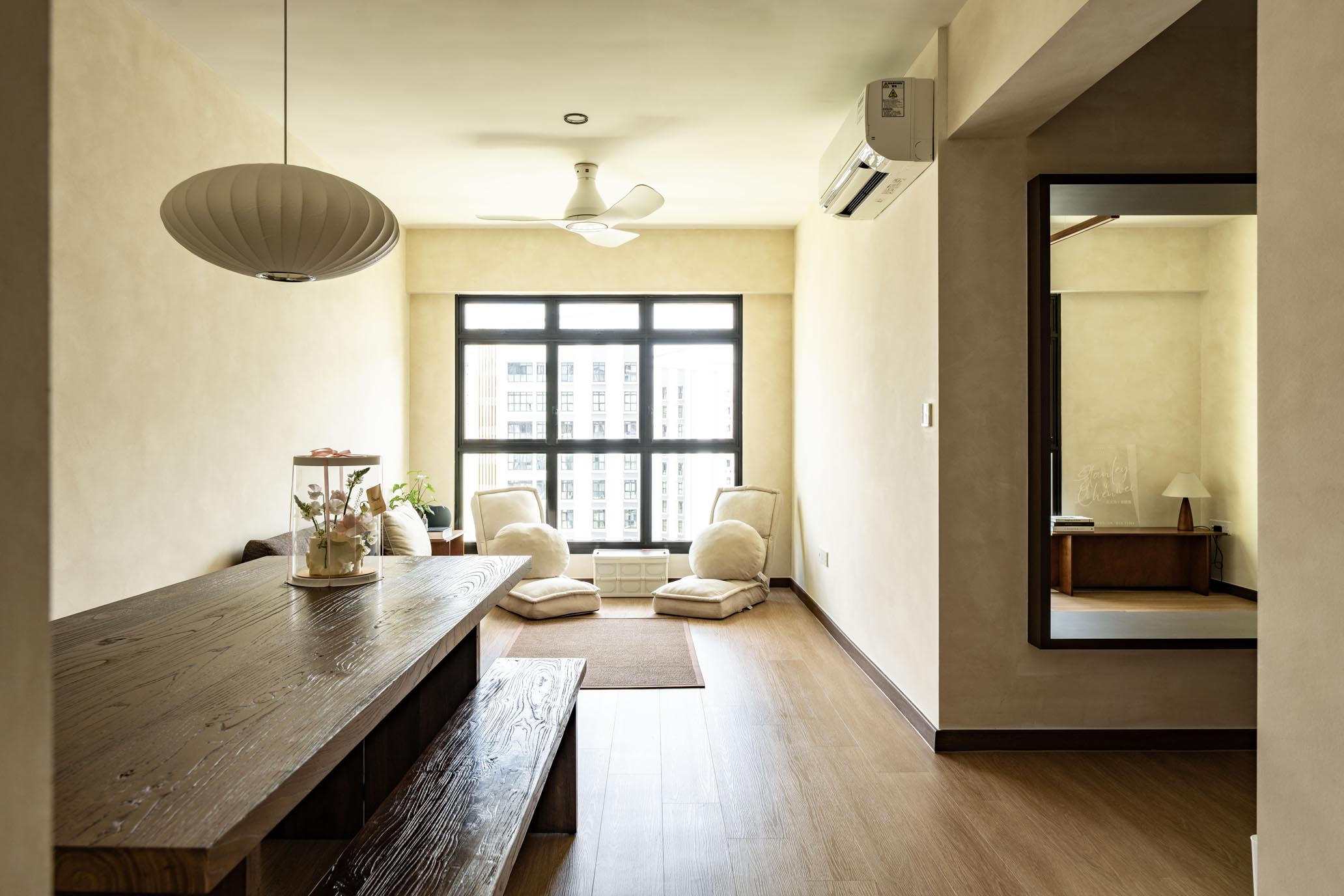
Wabi Sabi and Sustainable Living
The principles of wabi sabi naturally align with sustainable living practices, making this design philosophy particularly relevant in our environmentally conscious era. By valuing longevity, natural materials, and thoughtful consumption, wabi sabi interiors reduce environmental impact while creating more meaningful living spaces.
When we appreciate objects that age beautifully and improve with use, we’re less likely to discard and replace them frequently. This perspective counters the disposable mentality that drives excessive consumption and waste. A wabi sabi home might feature furniture passed down through generations, vintage finds given new life, or contemporary pieces chosen for their durability and timeless design.
The preference for natural, minimally processed materials also supports ecological health. Wood sourced from responsibly managed forests, natural fibers grown without harmful pesticides, and locally quarried stone all have significantly lower environmental footprints than synthetic alternatives. These materials typically require less energy to produce and, at the end of their useful life, return to the earth without leaving toxic residues.
Perhaps most importantly, wabi sabi encourages us to find contentment with what we have rather than constantly craving the new and perfect. This shift in mindset may be the most sustainable aspect of all—learning to see beauty in the existing rather than always seeking replacement. By embracing wabi sabi principles, we create homes that feel authentic and deeply satisfying while treading more lightly on the planet.
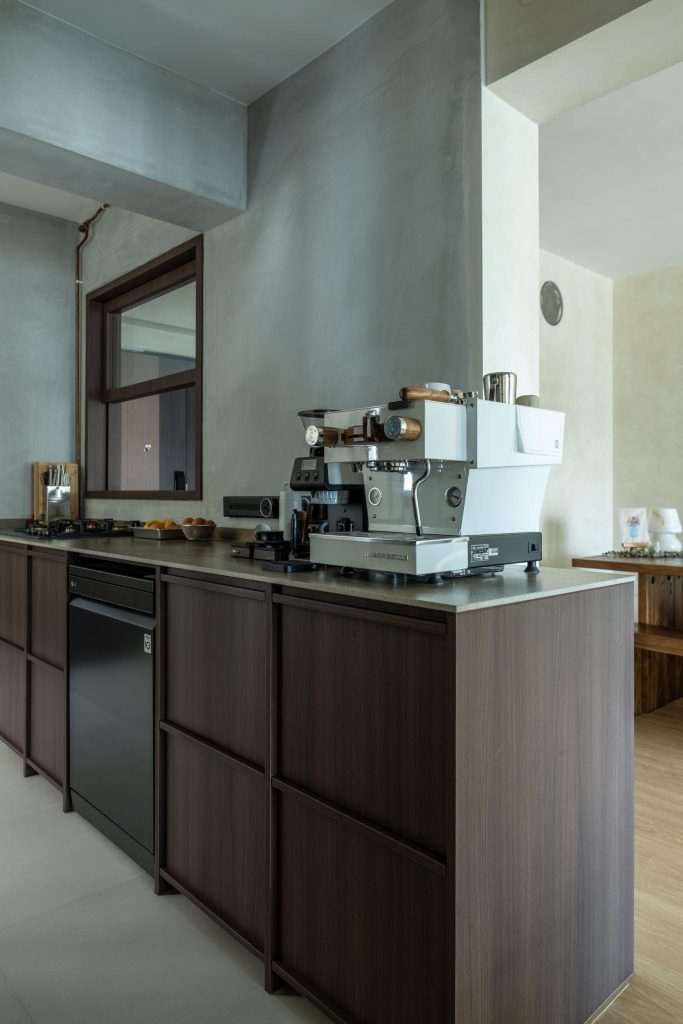
Conclusion:
Wabi sabi interior design offers more than just an aesthetic approach—it provides a philosophical framework for creating homes that nurture our well-being and reflect our values. By embracing natural materials, celebrating imperfection, and prioritizing authenticity, we create spaces that feel genuinely connected to both nature and human experience.
In a world often dominated by digital perfection and constant newness, wabi sabi reminds us to slow down and appreciate the subtle beauty that emerges through time and use. It encourages us to value quality over quantity, meaning over status, and authenticity over trends. These principles create homes that feel timeless rather than fashionable, soulful rather than showy.
As you consider incorporating wabi sabi elements into your own home, remember that this isn’t about following rigid rules or achieving a specific look. Rather, it’s about cultivating a mindful approach to your surroundings—choosing items with intention, appreciating natural processes, and finding beauty in the perfectly imperfect. Through this lens, your home becomes not just a showcase but a sanctuary—a place that tells your unique story and supports your journey through time.
Ready to create your wabi sabi home? Get started today and let our interior designers bring your vision to life.

